
Developer: Marvelous
Publisher: Marvelous
Platform: PlayStation 4, PlayStation Vita
Tested on: Playstation Vita
Fate/Extella: The Umbral Star – Review
Beautiful damsels playing lead roles in intriguing stories, that’s what TYPE-MOON is best known for and yet again they may entice us with a new game in the Fate series. It all started with a popular manga and anime series adaptation of Fate/stay night and has expanded into multiple sequels, spinoffs and videogames. Together with the talented people at Marvelous, TYPE-MOON grants us a new videogame called Fate/Extella: The Umbral Star. We’re eager to find out if they can implement the popular and successful formula in this new game.
Story
The story takes place after the Moon’s Holy Grail wars and starts by giving you a grim view of the earth as it is engulfed in flames and the apocalypse. Soon you awake in a mysterious looking throne room, sitting on the throne itself and a beautiful, blond haired warrior maiden keeping you company. It seems you’re plagued with amnesia as the woman introduces herself as your servant, a Saber named Nero Claudius, and you being her Master. She explains that you and she are the victors of the Holy Grail Wars and earning the Regalia. The latter is a portable form of the Holy Grail, granting any wish and royal authority over SE.RA.PH. It also leaves you both in charge of maintaining peace over the lands of SE.RA.PH. on the Moon. As you and Saber try to recall your lost memories, a new threat arrives at the scene in the form of an old acquaintance and servant Caster-class, Tamamo No Mae. Apparently she also seems to wield the Regalia or at least a version of it and is accompanied by her Master, who seems to be a clone or alternative version of you. Tamamo claims her right of royal authority over SE.RA.PH. with her Regalia, declaring war on Saber and you. As there is only one Regalia and one version of you, Saber convinces you to accept the declaration of War, reclaiming the lands of SE.RA.PH. and trying to find out what has gone wrong after the events of Holy Grail Wars.
Fate Extella delivers a well written storyline with intriguing, fun characters having their own defining personalities and especially granting the player the ability to experience the story from their own point of view. The story is built with some convincing plot elements that take a long time to get going during the first three arcs, but delivers satisfying storytelling during the fourth and final arc. At the same time it tries implementing some humor in the dialogues and succeeds in adding emotional attachment to the characters. Unfortunately as the majority of the game revolves around this standalone story in the Fate series, it takes a while before getting accustomed to it, especially for players who are new to the Fate Series and lacking any knowledge of the games prior to Fate Extella. It isn’t an obligation to have played the older games or having read up on the lore, but it gives you an advantage in understanding the overall percentage of the story contents and the development of certain characters.
Next to the four main story arcs, you can play subsequent story arcs (replacing Nero by Tamamo or Alterra) and side stories as you unlock these through the main story playthrough. These side stories grant you some nice and fun relief over the main story by experiencing unique storylines, through three story missions each, involving the other Servants. The main story takes about 4 à 6 hours per arc to complete and approximately another hour per side story.
Graphics
Fate Extella is a beautifully detailed and visually well-built game. The characters really look enticing, gorgeous and detailed, even on PlayStation Vita. Even all the attacks and abilities look really detailed and every character has his own uniquely designed moves. The only downside, as you can play as yourself with no customization possibilities, is that your avatar looks a bit plain. The characters are represented through 3D models on and off the battlefield, but are also presented as 2D sprites during dialogues, with their 3D version on the background. As for the surroundings and maps you play through, they’re well designed as it fits the setting of the game and often can be a sight for sore eyes. They aren’t overly detailed but they add enough character to the game experience. If looking for a slight error in the graphics department, the camera mechanics can be quite troublesome, but take some getting used to during playing sessions. Especially playing on a PlayStation Vita system, it can be hard to control when you’re in the middle of combat.
Sound
The soundtrack is comprised of multiple influences in the genre of music. For example, the main theme is a mix of J-Pop and electronic music and it is accompanied by an anime intro, while the music at the main menu sounds like smooth and relaxing piano music based on the main theme. During the standard battles on the large battlefields, the soundtrack can be different according to what kind of sector/map you’re playing in and gets more serious when fighting boss Servants. That being said, the soundtrack fits the gameplay perfectly and is gentle on the ears. As for the voice-acting, it’s topnotch. Especially fans of the Fate series will recognize the great voice cast and appreciate the slight nods and references to their source material and the sublime character interactions. The only downside here is that the audio is Japanese only, and English subbed. The subbing also needs some reviewing, as there are a lot of grammatical problems and a lot of writing errors. It feels a bit like a sloppy, hasty western localization but nothing a good patch can’t fix.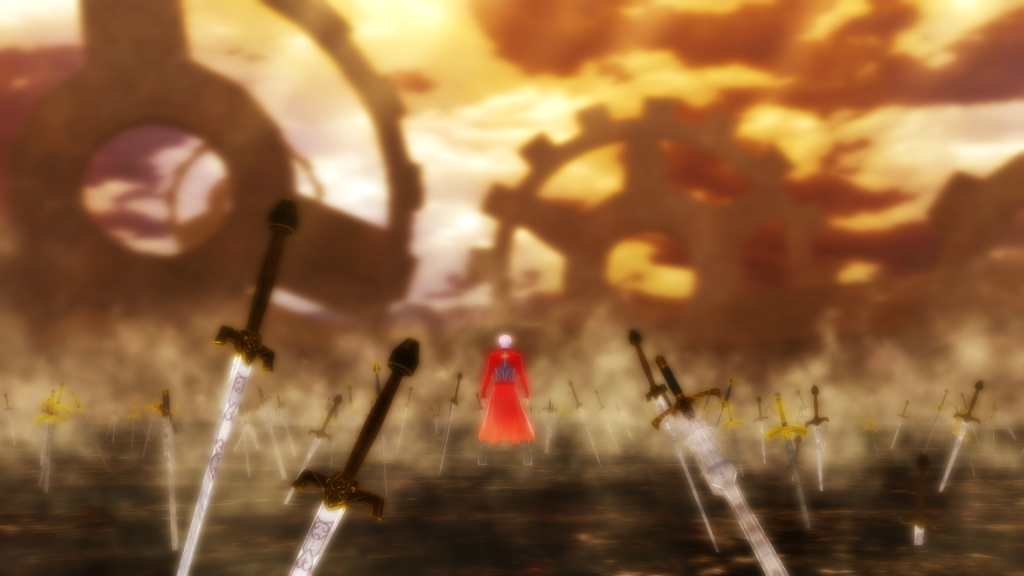
Gameplay
Fate Extella: The Umbral Star is foremost a hack ‘n slash action RPG in the same category as the Warriors series (Dynasty Warriors, Samurai Warriors,…). This doesn’t mean it shamelessly copied the gameplay to implement the lore of the Fate series. It actually succeeds in creating a great combo, pitting you against thousands of enemies while pulling off great storytelling through the use of an interactive visual novel. As mentioned before, the story comprises the majority of the game where you personally take part in the story and can interact with other characters in between battles. Although you can’t directly influence the outcome or flow of the story, some choices can cause different kinds of reactions from the other characters, which can be fun. Alas, this is a bit of a disappointment as well, as it limits your impact on the game.
On the battlefield, it isn’t your avatar that takes the charge but your Servant. The main goal here is conquering multiple areas called Sectors and collect Regime Keys as fast as possible. Every sector has a number of Regime Keys that are needed to complete the Regime Matrix. This is a sequence required, enabling the chance to challenge the boss Servant of that map to complete your mission. Conquering a sector means giving a serious beating to the countless mops of enemies and force out the Aggressors. These Aggressors are a kind of unit captains. Defeating them grants you authority over that Sector and its specified amount of Regime Keys. By implementing several events and map objectives along the way, it keeps the gameplay interesting. This way it doesn’t feel like monotone playing sessions but can still feel repetitive over time for some players. The only thing lacking here, is the limited map variety. It feels like playing the same map over and over again as there are only five different maps in the game.
As for combat, it’s really the strongest asset of this game. It’s smooth, responsive and very fast. It’s really easy to pull off light and heavy attacks as you slice your way through enemy ranks as attacks are executed rather quickly. The battle tempo may rely more on speed than on heavy power but allows you to amass a serious K.O. amount in a short amount of time. Exchanging these combo’s with a strong Extella Manuever lends a hand in achieving that feeling of overpowering large masses of enemies and increasing your K.O. counter. The Extella Manuever pulls a large group of enemies in a sort of cube-like dimension where you land a massive barrage of attacks to end with a strong finisher. Next to the Extella Manuever you can also attack with a sort of ultimate attack called Noble Phantasm, where you’re presented with a cutscene and move set unique for every Servant. The fact you can only use it once per battle, might seem like a downside but it delivers a much needed sense of strategy during your battles. This way you can keep this hidden card up your sleeve in case you’re in a pinch. Last but not least, Servants can also activate their individual Moon Crux ability which increases their power while for certain Servants, it also transforms them in a stronger, powered-up version of themselves for a limited time. All of these special attacks and combo’s are unique for everyone of the 17 unlockable Servants (can be unlocked by progressing through the main story) and can be upgraded by leveling up by collecting experience through combat or investing QP (ingame currency) which you collect during stages.
QP has also other uses in which you can invest, such as crafting new attires for your avatar that contain spells called Code Casts. These Code Casts support your Servant via healing, buffing their offense or defense, enduring elemental traps in certain sectors, and much more. Some of these spells allow you to change to another Servant mid-battle with the right bond level. These bond levels for Servants are separate from their main experience levels. These can be raised by completing random extra mission objectives and using Code Casts on them frequently. Nero, Tamamo and Altera’s bond levels can also be raised via dialogue options in the story sequences. These bonds affect the Install Skill system that provides passive-like upgrades to characters. This means, the higher the bond level, the more slots to equip these skills along with other rewards. These install skills can be obtained by killing aggressors in the Sectors of each map. Install skills can be combined with skills of the same color and boost the stats of that skill. Installing skills of the same color in adjacent slots further boosts their skills/attributes. These are all kinds of elements that add to a much deeper gameplay experience and boost the replayablity rate. It might require hours to grind through the story and characters; it doesn’t change the fact that it remains fun to do.
Conclusion
Fate Extella: The Umbral Star is really a great game, filled with interesting characters and fast paced combat gameplay. Still, it can be hard to recommend the game for newcomers to jump in the story of the series as it might require some foreknowledge. Another reason is that Fate Extella feels a bit unpolished if it comes down to what might seem a sloppy western localization, the limited amount of maps and the risk of becoming a repetitive game over time. Aside from these minor points, Marvelous and TYPE-MOON succeed in delivering a deep and fun gameplay experience. Fate Extella: The Umbral Star offers more than enough content and fun to try out it out, keeping you hooked for multiple hours.
Fate/Extella: The Umbral Star – Review,1 Comment
Leave a Reply
You must be logged in to post a comment.

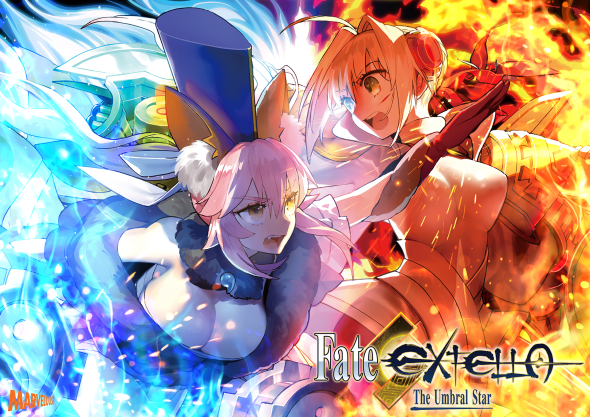
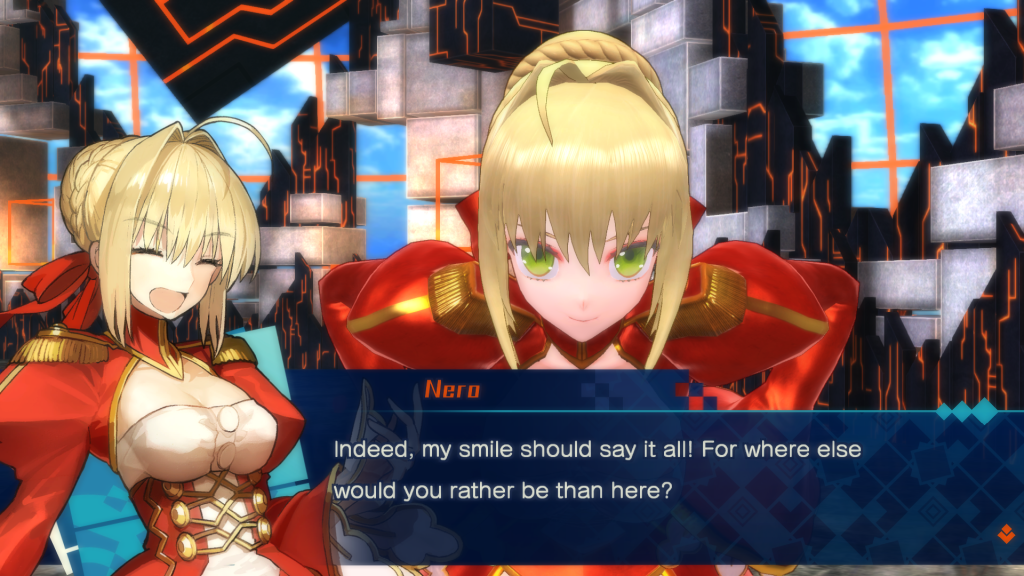
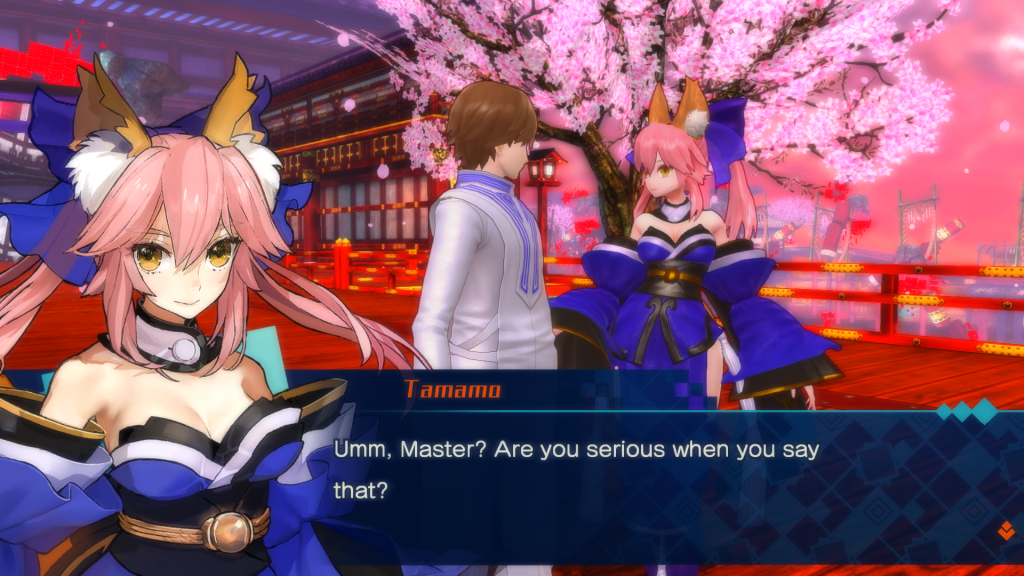

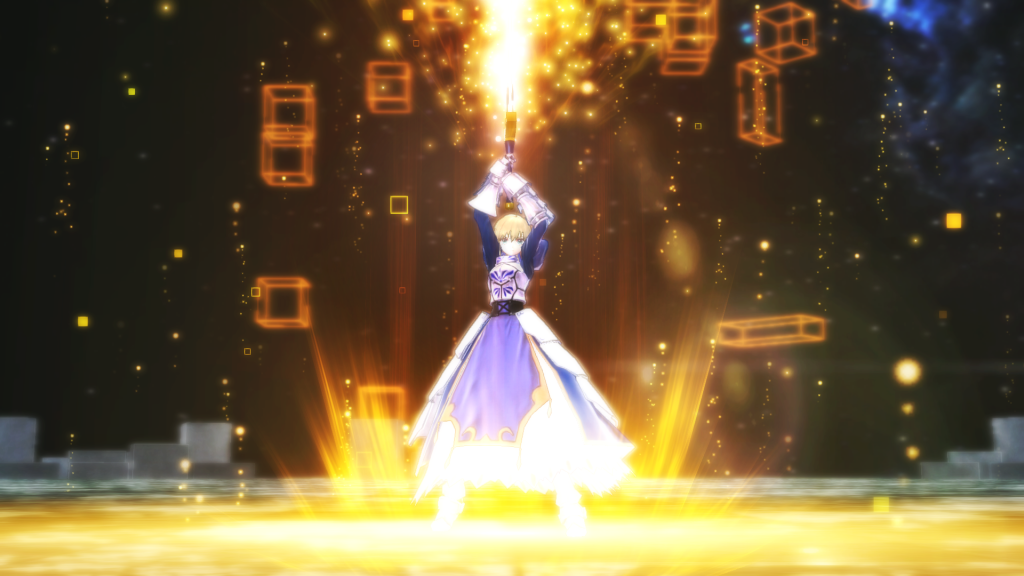

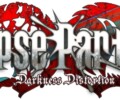


[…] Check our Review of the PS Vita version here. […]